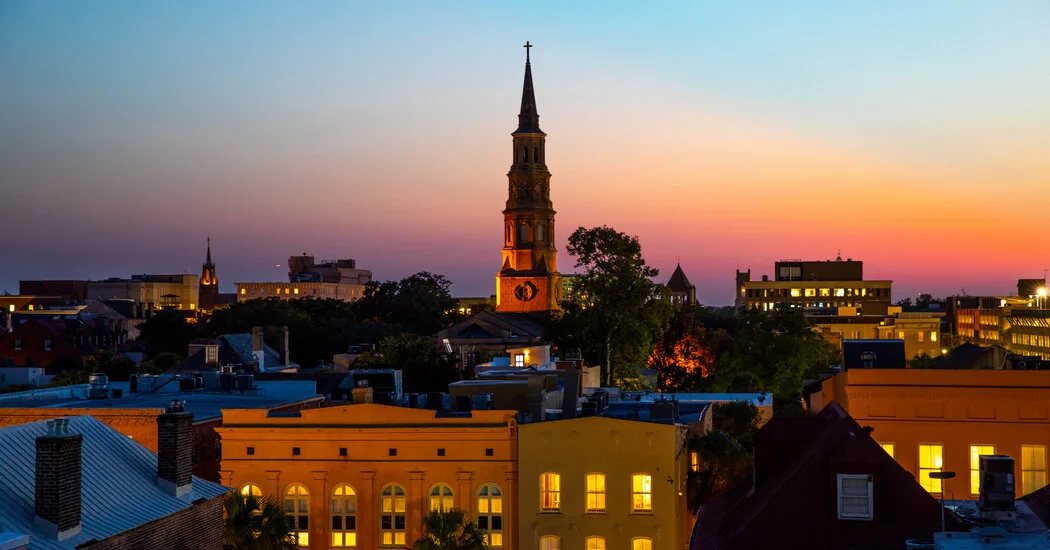
1 p.m.
Discover the soul of the east side
The Eastside neighborhood was initially planned as an elite suburb for white Charlestonians, before it became home to a community of free and enslaved Black people. By 1960, the neighborhood was predominantly Black. Charleston’s Black presence has shrunk in recent decades, but some Black businesses remain, like Hannibal’s Kitchen. Opened in 1985, the modest, family owned soul-food restaurant has plenty of booths to dig into fried-fish plates, BBQ ribs, and Hoppin’ John, a pea-and-rice dish (entrees from around $15). Stroll a couple of minutes from Hannibal’s: Behind a condemned two-story house is a museum within the former home and workshop of Philip Simmons, the celebrated blacksmith, who died in 2009 (free entry). Some of his wrought iron works still decorate Charleston, such as his heart gate in front of St. John’s Reformed Episcopal Church in downtown.

